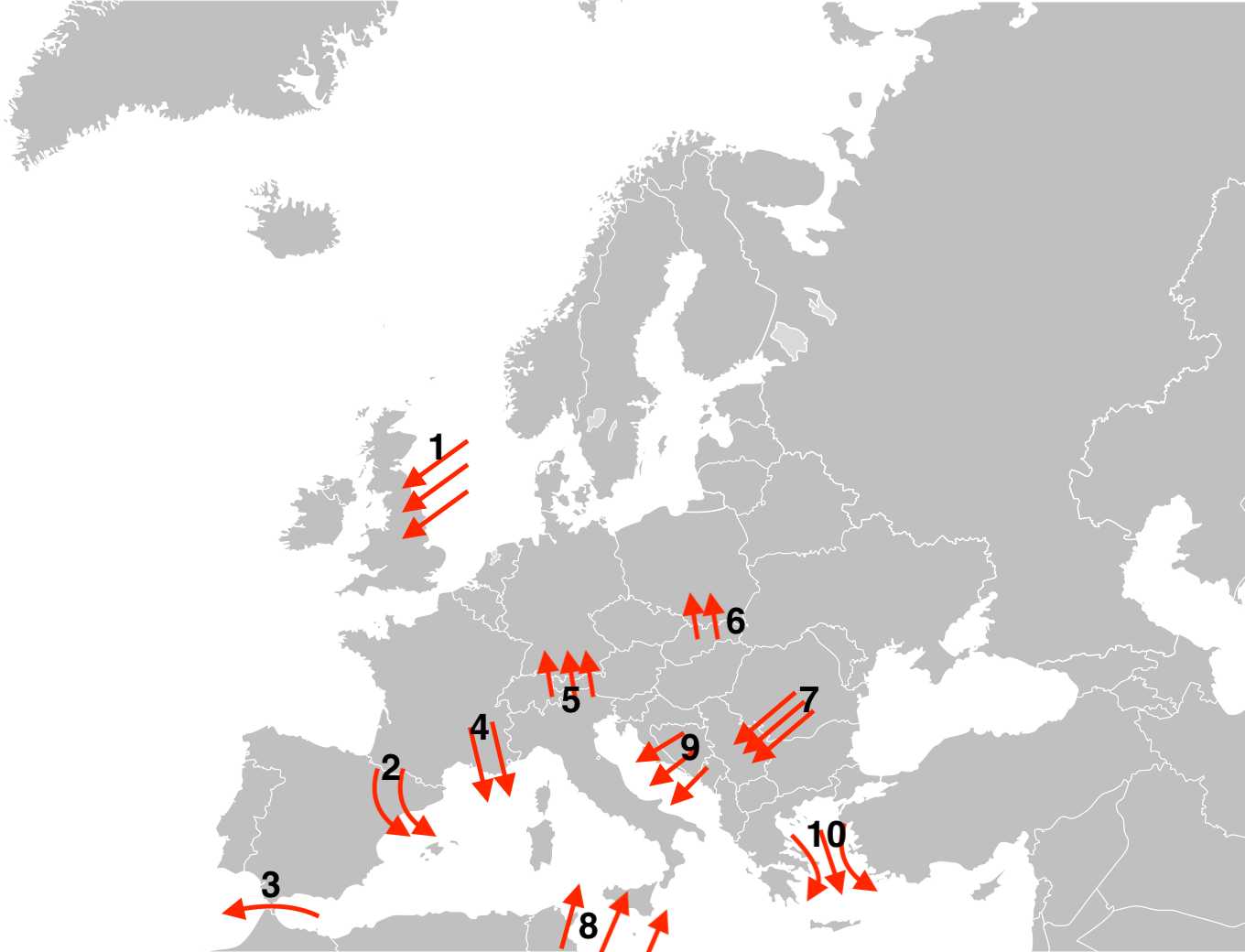
Winds of Europe Trivia Quiz
A cold Tramontana or a warm Föhn are just two of the many winds in Europe. Can you find ten different winds on the map?
A label quiz
by wellenbrecher.
Estimated time: 3 mins.
- Home
- »
- Quizzes
- »
- Science Trivia
- »
- Weather
- »
- Winds
